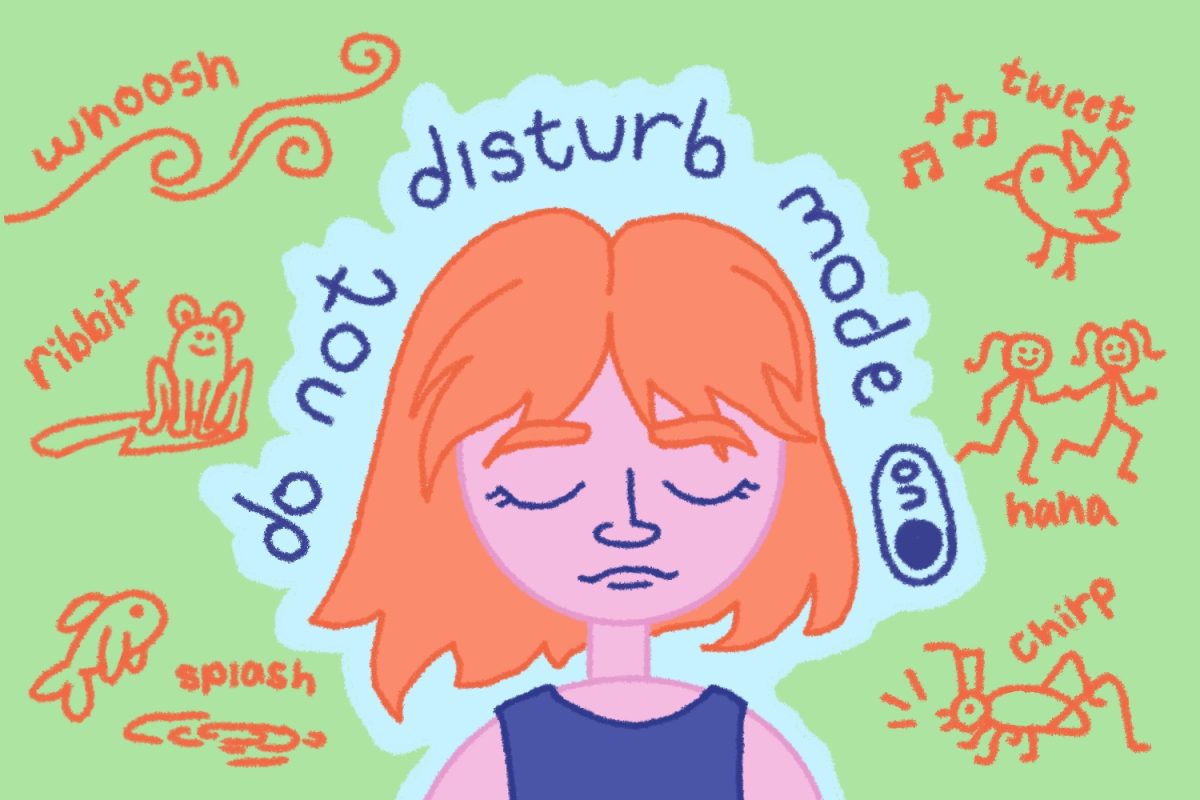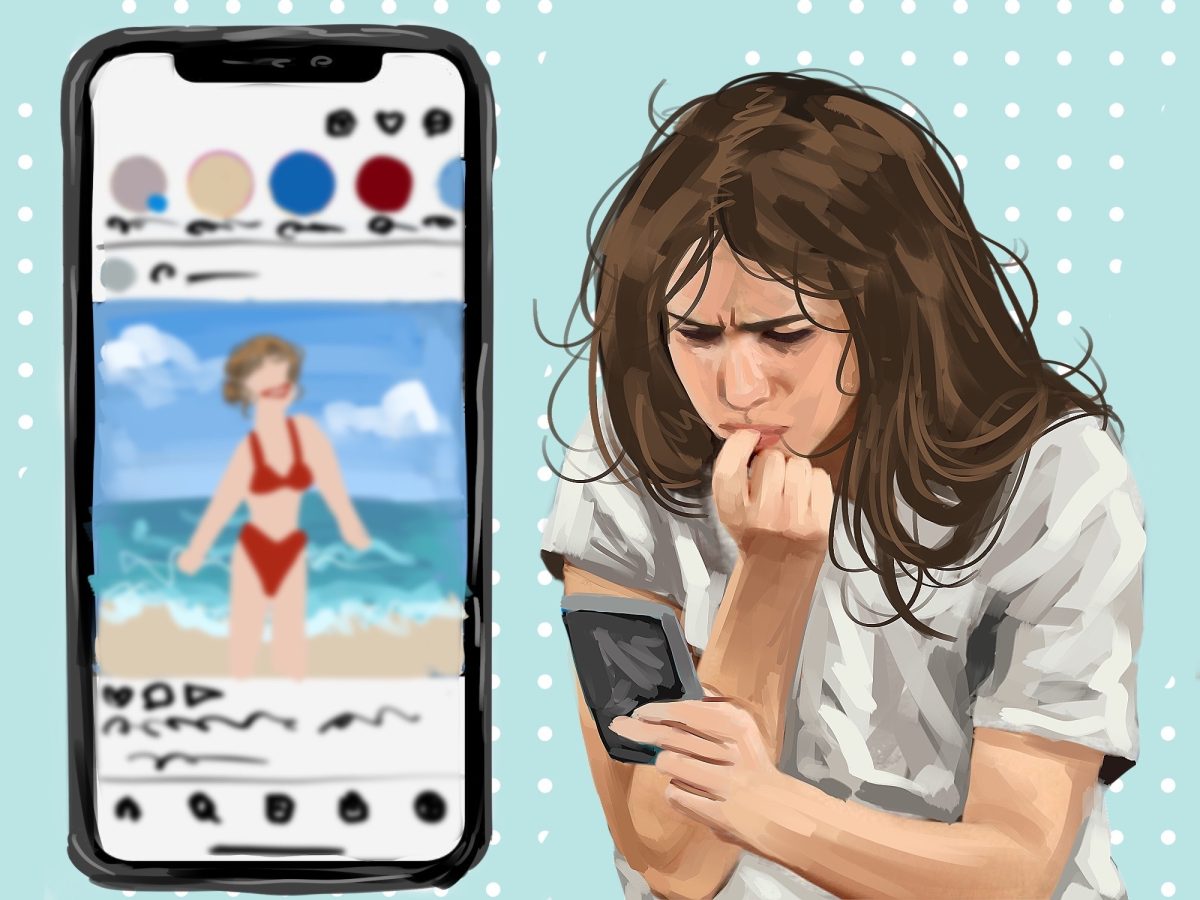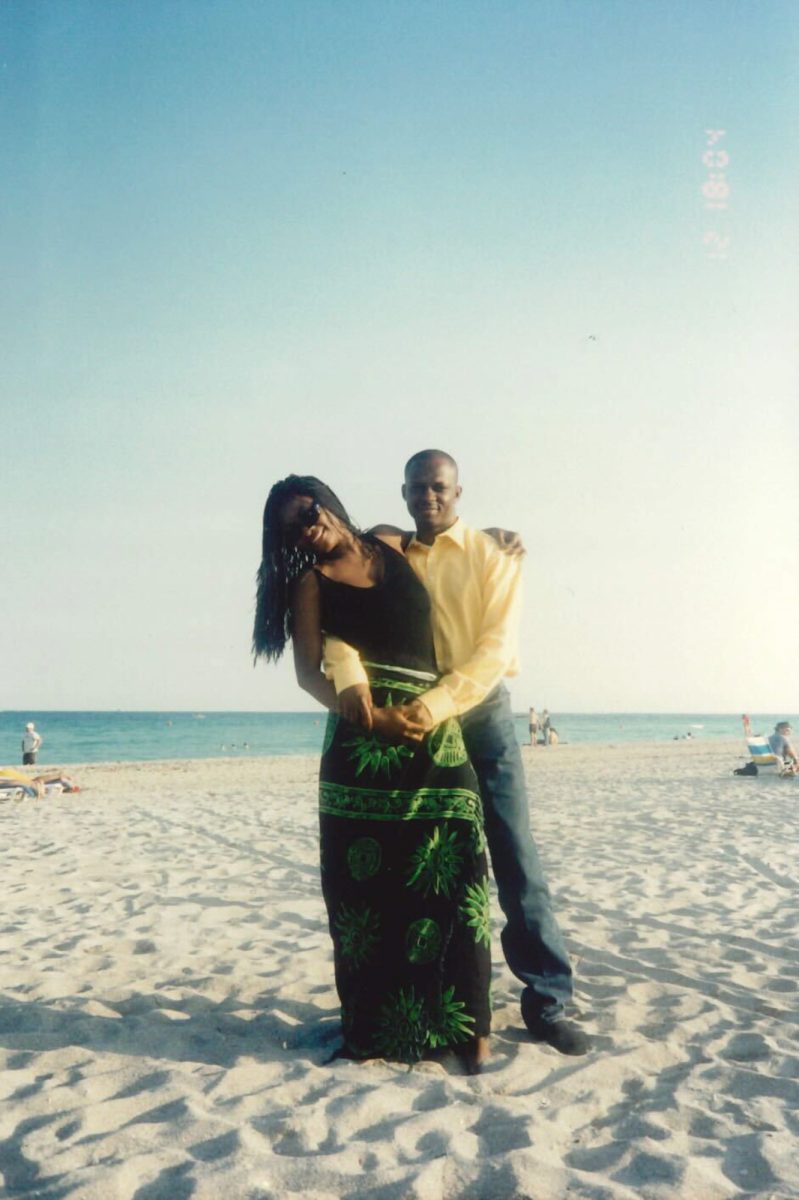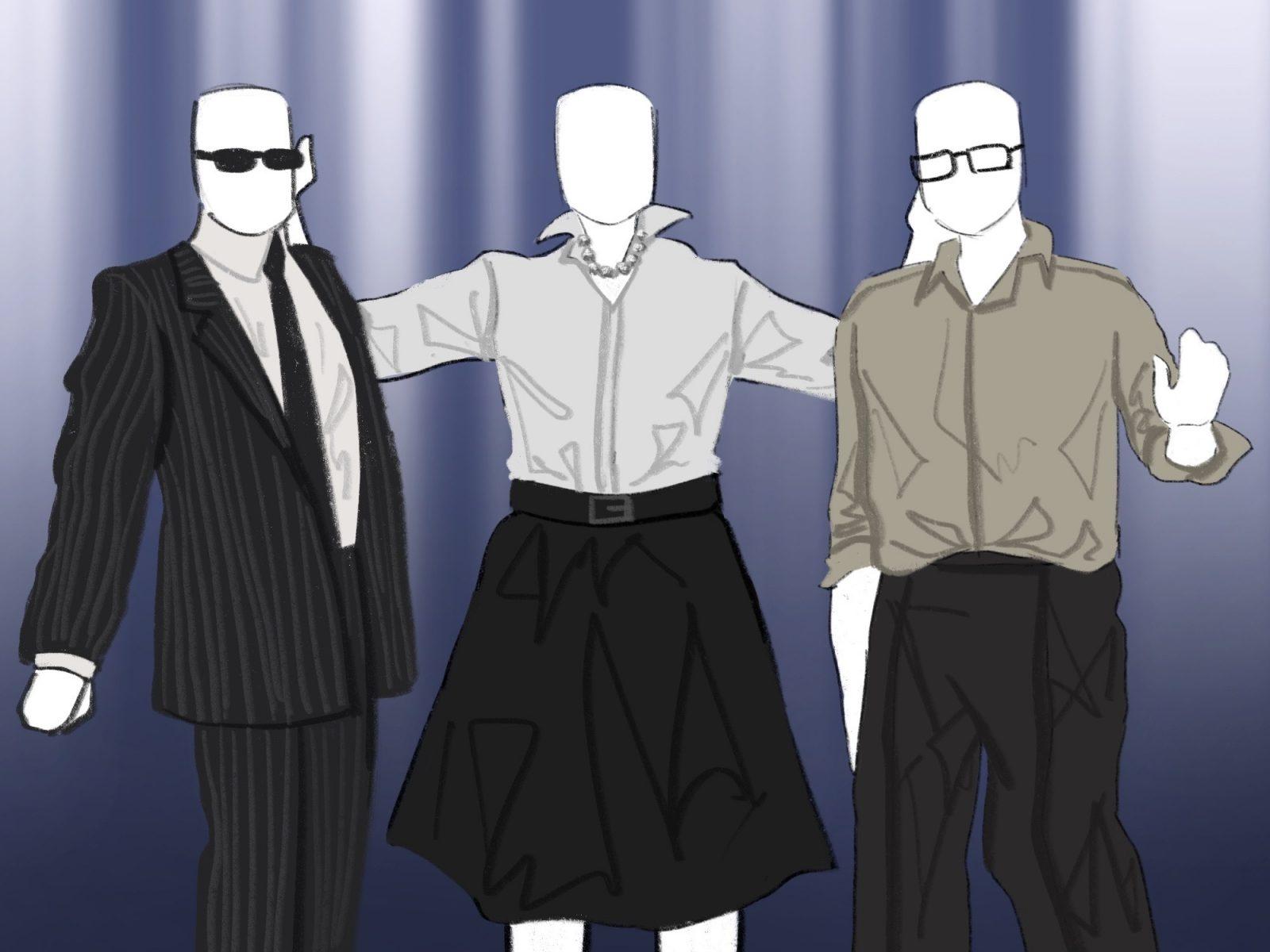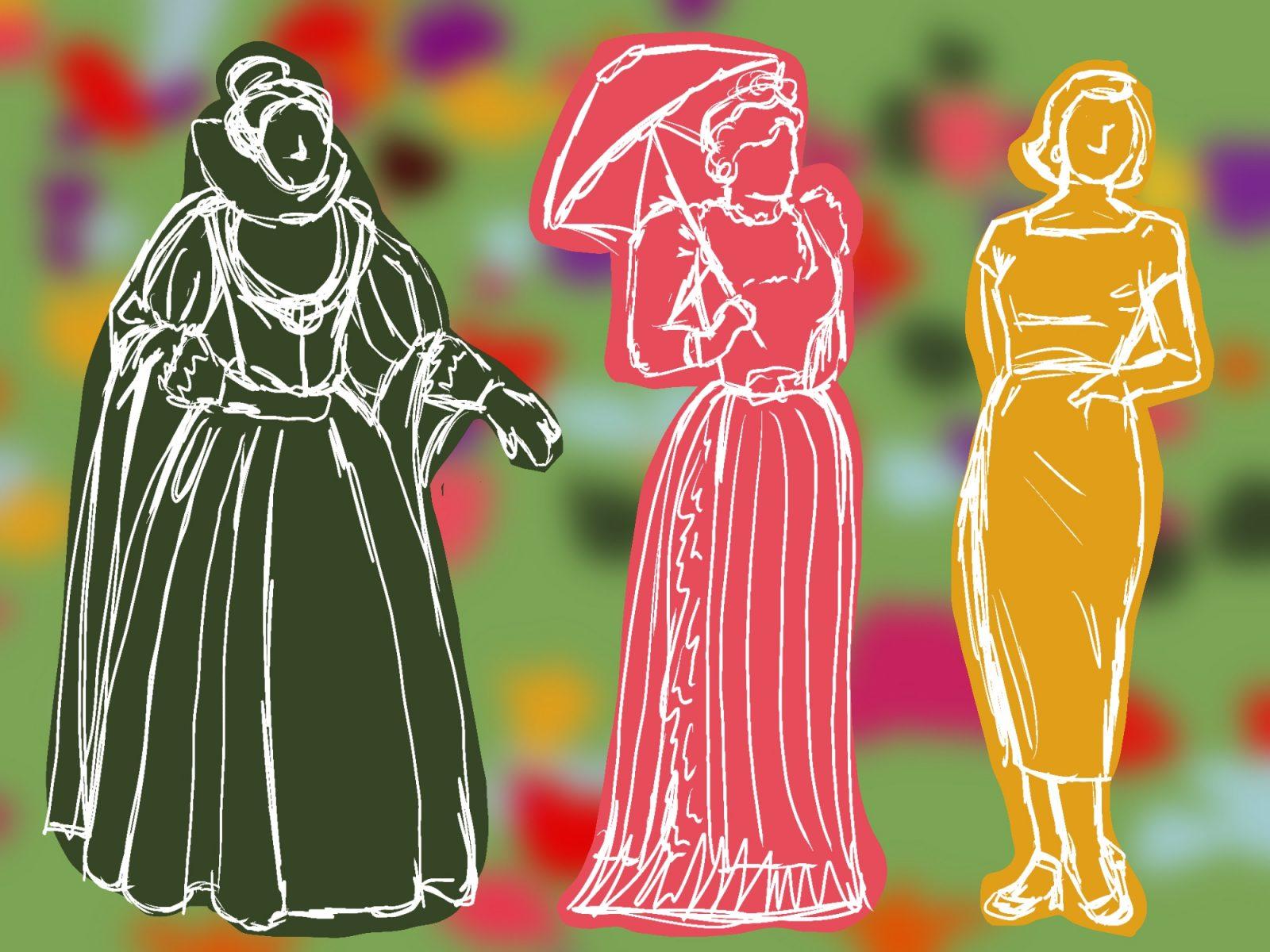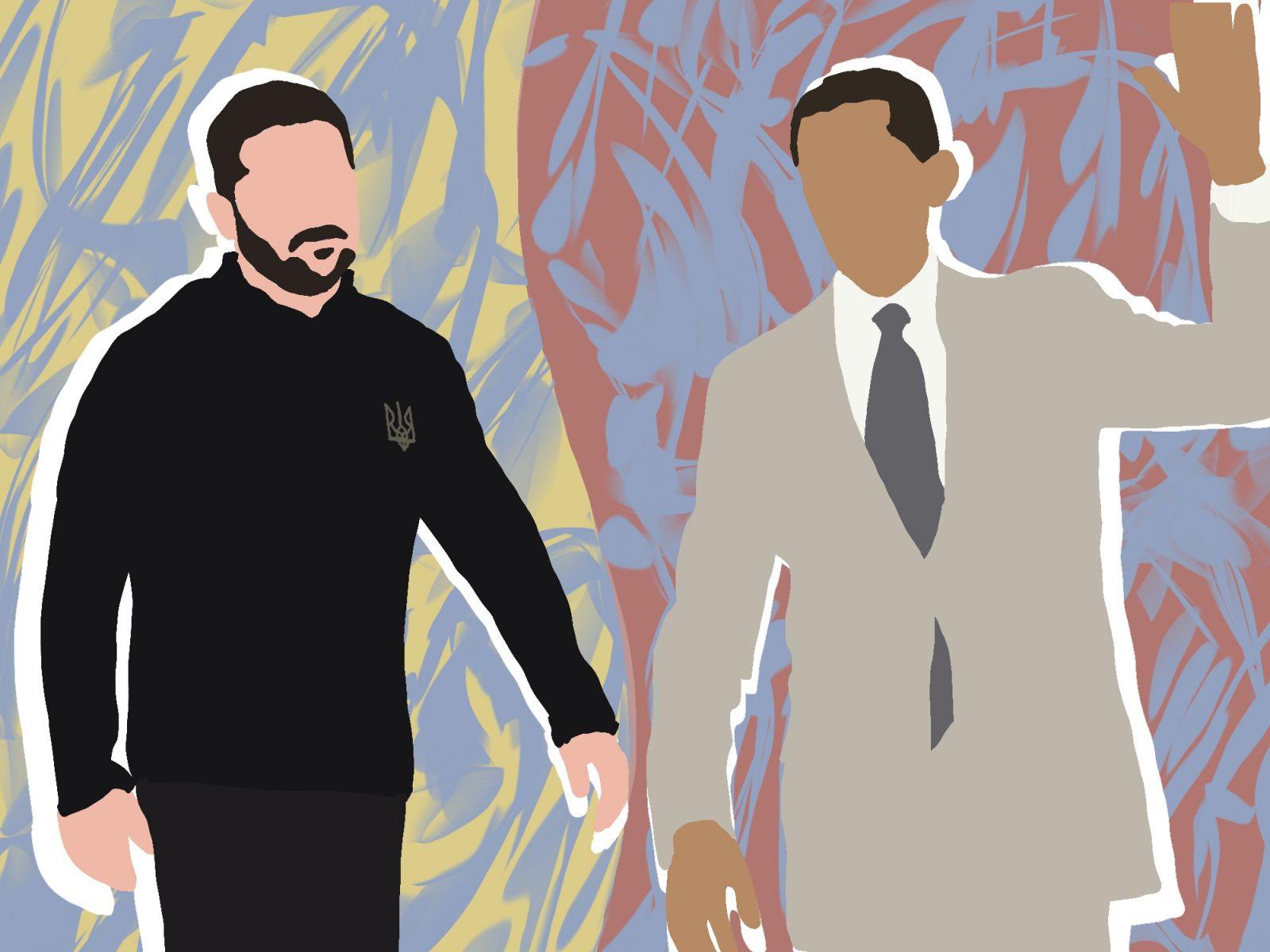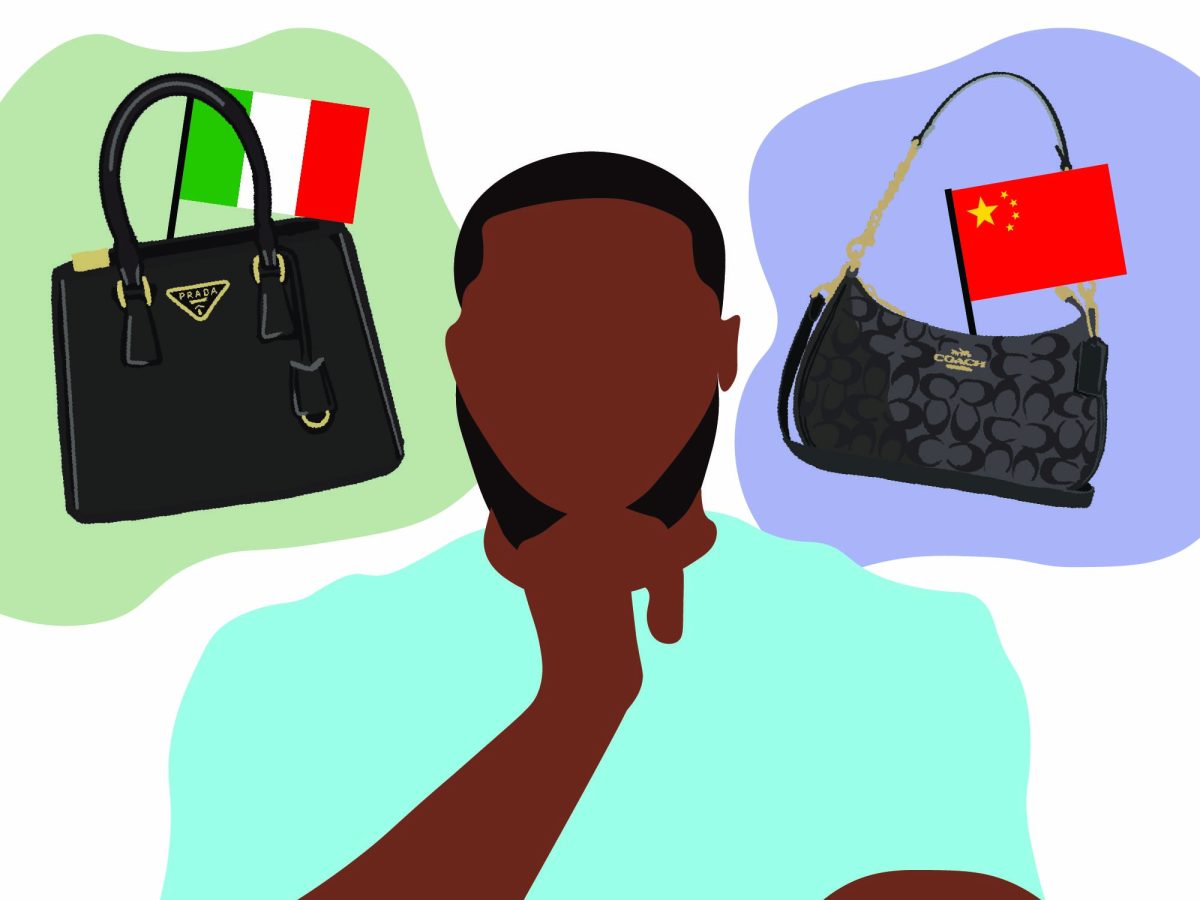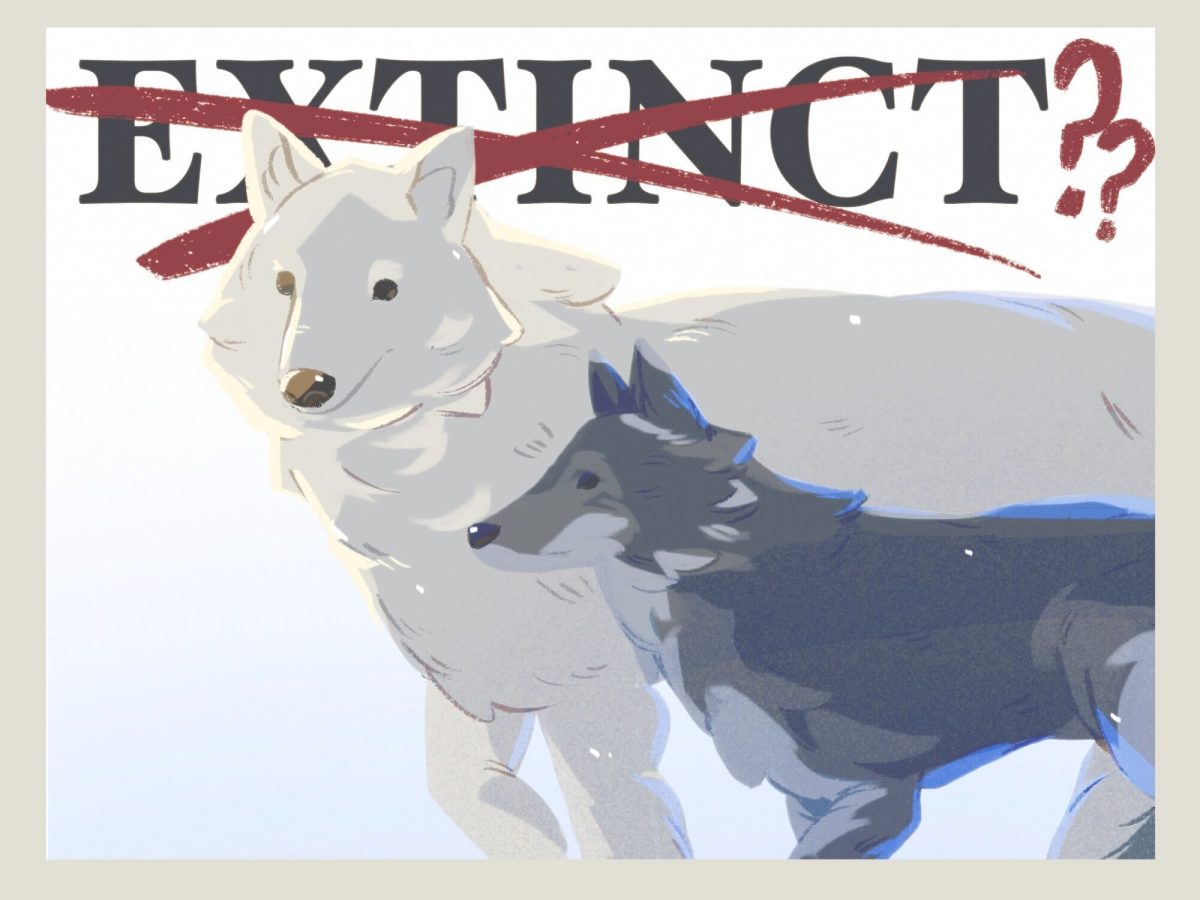I would be lying if I said the first day of school wasn’t something I secretly look forward to every year. For as long as I can remember, I’ve been addicted to the electric energy the first day brings — an even mix of excitement and anxiety for the unspoken possibilities.
By now, we all know that freshman years can be marked by a few key components — inexperience, awkward performance and the underlying desire to fit in. But you may not know that fashion-forward back-to-school shopping is a billion-dollar industry.
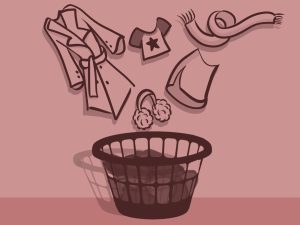
According to the National Retail Federation, back-to-school spending for college students was projected to reach a record $94 billion in 2023 — $20 billion more than the previous year. Today, that figure only continues to rise.
Market Watch journalist Venessa Wong predicted that in 2024, families anticipated spending an average of $586 on back-to-school shopping per child, and an average of $1,364.75 if said child is a college student. Each family’s largest expected expense was $423 on average for apparel — $253 for clothes and $170 for shoes.
Wong also addressed the roots of drastic price increases for back-to-school shopping over the years, commenting, “What was once a time to get growing children new clothes and some classroom supplies is now a tech- and swag-filled shopping spree.”
Transitioning from high school to college is a big step, of course, that may require some new pieces in our wardrobes. However, it’s hard to ignore that the fashion industry is simultaneously profiting off our insecurities and the pressure to conform to each new environment by buying clothes we consider socially acceptable for that context, rather than encouraging long-lasting wear.
The fashion industry, known for producing copious amounts of waste, emits 92 million tonnes of textile waste each year, according to Earth.org. Each year, $500 billion is ultimately thrown away due to under-wearing clothes and lack of recycling practices.
When you discover that U.S. consumers throw away 81.5 pounds of clothes each year, it truly makes you reflect on your contribution to the downfall of our environment.
As much as I would like to deny this, as a freshman caving to our human nature to blend in, I have contributed to these figures today.
My first freshman experience began five years ago, when my parents and I traveled from my hometown in New Jersey to a town just a few miles north of Boston to move me into a boarding school dormitory.
From youth, all I had known was the same Lands End school uniform that made my previous school look like a blur of blue and burgundy hues — and perhaps some faint plaid. My fashion expression was boiled down to black slacks when it was cold and choosing between skirts and shorts when the weather permitted.
My boarding school was what many would consider a progressive institution. The term freshman was forbidden, and we were instead called juniors to remove the fresh meat stigma — a relatively trivial fix in my eyes.
While my school was one of the few without a dress code, students dressed rather preppy in 2020. Brands like LoveShackFancy and Roller Rabbit seemed like religion for the girls, and the boys often donned Vineyard Vines, Barbour or school merchandise advertising whatever sport they played.
I remember pulling a pair of tight, black capri pants that barely came past my knees out of my drawer. I modeled them for my friends, and I was met with furrowed brows and confused faces where I expected words of affirmation.
I masked my embarrassment with agreement, instantly uttering that my clothes were weird. I’m sure I lied and said they were a gift my mom secretly shoved in my suitcase despite my disapproval — sorry, Mom!
My friend group once participated in a viral TikTok trend where you anonymously vote. To my shock — and quite frankly, to my horror — the only category I won was “Worst Dressed.”
I swiftly threw those capris away, wasting a perfectly good pair of pants. You see, I now realize I was ahead as a freshman. But at the time, I saw myself standing apart from the group, making myself vulnerable and exposed.
If you check the tabloids today, you’ll find that black capris have been a major topic of interest in the 2025 spring and summer seasons. They have been featured on some of the most stylish celebrities, from Alexa Chung to the Hadid sisters.
A May 6 Vogue article details the resurgence of the capri, a staple of the Y2K wardrobe. Writer Talia Abbas comments, “While nostalgic references of Audrey Hepburn in ‘Sabrina’ and ‘Roman Holiday’ in capri leggings offer no shortage of inspiration, today’s controversially-cut pants feel delightfully fresh when styled into a modern wardrobe.”
Of course, I wish I had doubled down on those capris five years ago. How cool would it have been to say I didn’t care and enjoyed the look? I now know to stand by my decision harder and firmer — because it’s okay to carve your own path.
For incoming Boston University freshmen, this may be your first time moving away from home, but not your first time donning the term “freshman.”
If I can leave you with a few words of comfort, I’ll reassure you that in a sea of thousands of lost undergraduate students traveling up and down Commonwealth Avenue, you have been exempt from high school-era judgment.
In a buzzing city like Boston, it can be a blessing to fly under the radar — so wear those capris or that outfit you formerly hid in your drawer. You could be test-driving the next fashion trend without even knowing it.




























































































